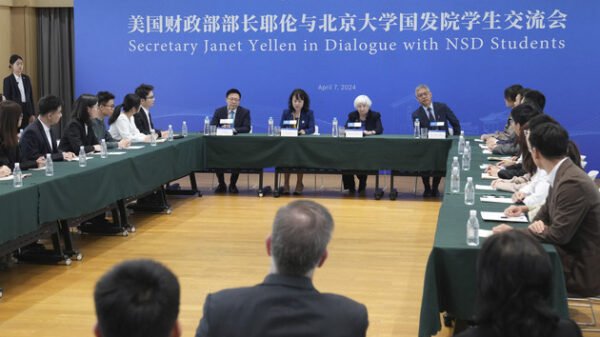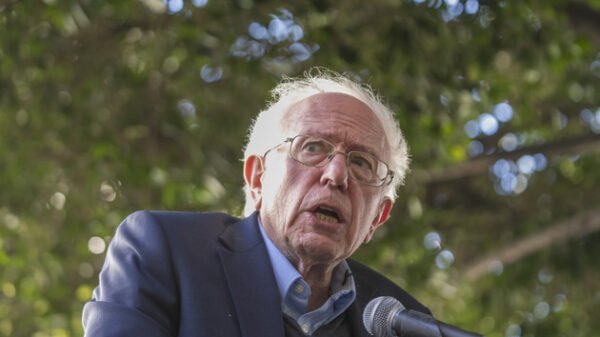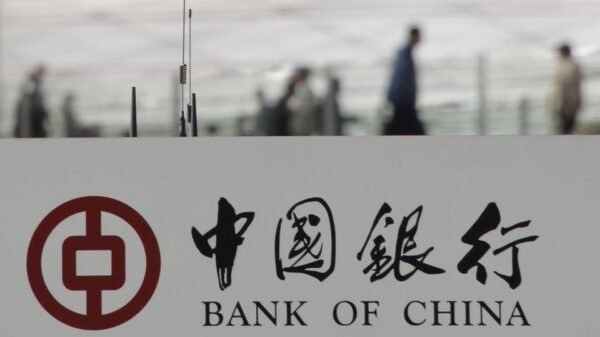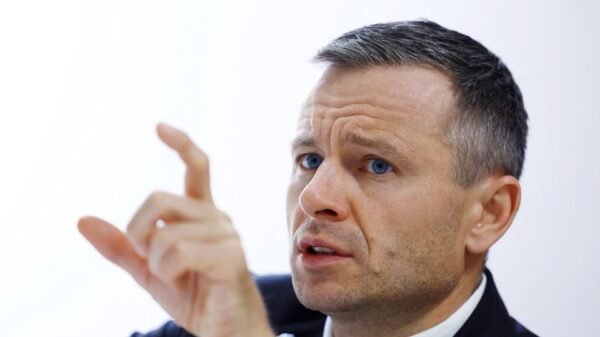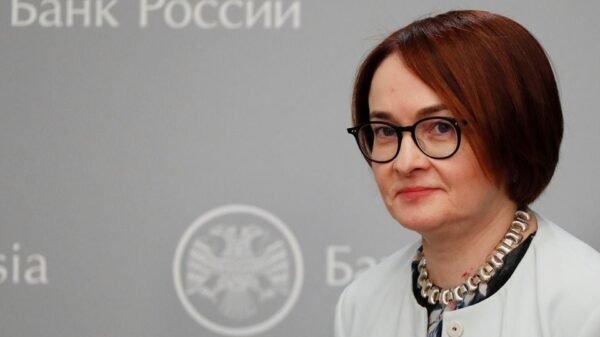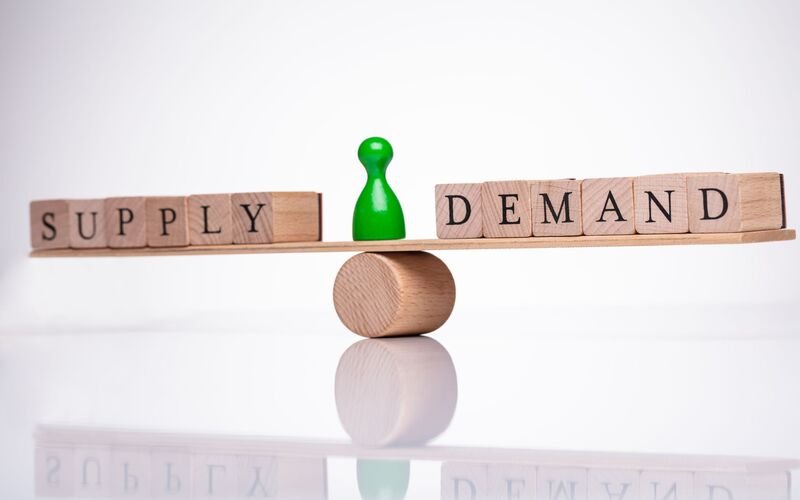What is Say’s Law of Markets?
Say’s Law of Markets Theory is derived from the French economist Jean-Baptiste Say’s 1803 book Treatise on Political Economy, Or, The Production, Distribution, and Consumption of Wealth, specifically from chapter XV, “Of the Demand or Market for Products.”. 1. According to conventional economic theory, the money made from previous production and sales of commodities serves as the source of expenditure that generates demand for the purchase of current output. Contemporary economists have created varying opinions and modified versions of Say’s Law.
Knowledge of Say’s Law of Markets
Jean-Baptiste Say, a French journalist and classical economist, created Say’s Law of Markets in 1803. Say’s beliefs on the nature of economic activity and how a community generates wealth made him prominent. Say reasoned that a buyer had to sell something before they could have the money to purchase it. Therefore, demand originates before products are produced and sold for money, not from money itself. To put it another way, a person’s ability to demand goods or services from others is based on the money they have made through previous production activities.
Say’s Law states that a buyer’s capacity to purchase is based on how successfully they have previously produced goods for the market.
Say’s Law contradicted the mercantilist theory, which holds that money creates riches. According to Say’s Law, money only serves as a means of exchanging the value of previously produced goods for newly produced goods as they are made and introduced to the market. The sale of these new goods generates income that drives demand for the subsequent purchase of other goods in a continuous cycle of production and indirect exchange, saying that money is not an aim but a tool for transferring actual economic products.
Say’s Law states that a lack of demand for a commodity in the present might result from factors other than a lack of money, such as the inability to produce other items that would have generated enough revenue to buy the new good. Say continued by stating that, under normal circumstances, the profits made from producing the shortage items would soon enough make up for the shortages in the manufacturing of certain commodities.
He did, however, make the point that when a continuous natural catastrophe or—more frequently—government intervention—maintains the breakdown in production, there may be a persistent shortage of some items and an abundance of others. Thus, Say’s Law lends credence to the idea that governments should embrace laissez-faire economics and refrain from interfering with the free market.
The Say’s Law of Markets’ Consequences
Say used his reasoning to derive four conclusions.
An economy will be more wealthy if more producers and a more comprehensive range of goods are available. On the other hand, a society’s members who consume rather than contribute would burden the economy.
Firms will prosper more when they are located close to or do business with other prosperous firms. The prosperity of one producer or industry will assist other producers and industries whose products they later acquire. Home economies gain from government policies promoting investment, output, and prosperity in adjacent nations.
Even when there is a trade imbalance, the domestic economy benefits from imports of products.
Promoting consumerism is detrimental to the economy rather than helpful. Long-term production and product accumulation are the sources of prosperity; consumption without output destroys an economy’s riches and prosperity. A sound economic strategy should focus on promoting industry and productive activity overall, leaving it up to investors, entrepreneurs, and workers to decide which things to create and how based on incentives provided by the market.
Therefore, Say’s Law ran counter to the widely held mercantilist beliefs that money is the source of wealth, that nations’ and industries’ economic interests are at odds, and that imports hurt economies.
Subsequent Economists and the Say Law
Say’s Law continues to be included in contemporary neoclassical economic models and has also impacted supply-side economists. According to supply-side economists, the optimal course of action for economic policy is to encourage company growth via tax cuts and other measures that don’t interfere with market forces. This is in line with the implications of Say’s Law.
Say’s Law is also upheld by Austrian economics. Say’s conclusion that government intervention is typically the cause of persistent downturns in economic activity, his emphasis on the role of the entrepreneur in coordinating markets, his recognition of production and exchange as processes taking place over time, and his focus on individual goods rather than aggregates are all remarkably consistent with Austrian theory.
Even though Say never used the famous phrase “supply creates its own demand,” economist John Maynard Keynes eventually stated Say’s Law—and misleadingly—in his 1936 book General Theory of Employment, Interest, and Money.2. Keynes developed his macroeconomic ideas by rewriting Say’s Law and then arguing against his own revised version.
Say’s Law of Markets Theory focused on the production and trade of different specific items against one another, but Keynes reinterpreted it as a statement about macroeconomic aggregate output and expenditure. Keynes claimed that Say’s Law seemed reversed by the Great Depression. After revising Say’s Law of Markets Theory, Keynes contended that there was an overall excess of production and a lack of demand and that economies may face crises that market forces could not resolve.
The recommendations made by Keynesian economics for economic policy run squarely counter to Say’s Law’s consequences. People hoard cash during bad times and liquidity traps. Thus, Keynesians advise governments to step in and boost demand via expansionary fiscal policy and money creation.
Conclusion
- Say’s Law of Markets is a traditional economic theory that contends that the capacity to create and earn revenue determines one’s ability to buy goods.
- Say reasoned that a buyer needed to have created something to sell to have the money to purchase. Therefore, output, rather than money itself, is the source of demand.
- Say’s Law suggests that government policy should support (but not restrict) production rather than stimulate consumption, as it is the primary driver of economic development and prosperity.

























